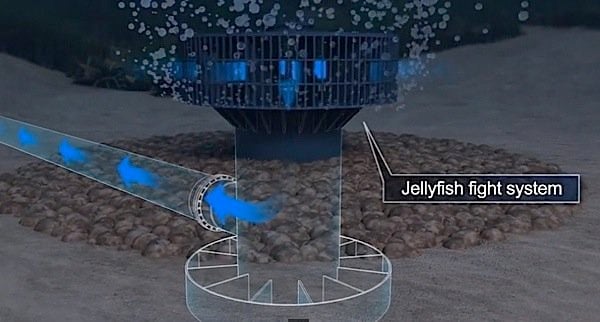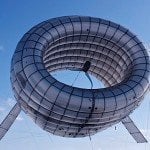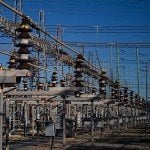The world currently produces approximately 30 billion cubic metres of freshwater by desalination annually, a number that is predicted to double in the next decade to meet global demand. A Spanish company has just been awarded a contract to build the world’s largest solar-powered desalination plant, in the kingdom of Saudi Arabia. The plant will desalinate 60,000 cubic metres of seawater per day, enough to provide the city of Al Khafji a stable supply of drinking water.
Abengoa, the company building the plant, currently has desalination capacity of almost 1.5 million cubic metres a day, which is enough water to supply about 8.5 million people. It will work in partnership with Advanced Water Technology, a commercial department of the King Abdulaziz City of Science & Technology, whose mandate is to provide Saudis with affordable and sustainable water. Saudi Arabia’s Saline Water Conversion Corporation (SWCC) provides most of the drinking water in the kingdom and operates about 25 per cent of global capacity.

Desalination is a notoriously energy-costly process. The energy cost to treat saline water is said to be ten times greater than for treating freshwater. It is twice as costly as treating wastewater for reuse. Saudi Arabia’s approximately thirty existing desalination plants are powered by oil, reportedly sucking up more than 1.5 million barrels per day. But the new plant will use photovoltaics to create 15 megawatts of power. Combined with a power consumption optimization system, the photovoltaics will significantly lower operational costs. The facility will incorporate a pre-treatment phase to reduce the salinity of the seawater before it enters the main desalination process.
Saudi Arabia is not alone in developing solar-powered desalination. Chile recently began operating a demonstration facility that uses membrane separation technology to remove salt from water. It is wholly powered by an array of photovoltaic panels. The water produced is used for agriculture, not for drinking.
In another development, a UK researcher has proposed a process to dispose of waste salts left over from the desalination process. The process converts magnesium chloride to magnesium oxide, which can be discharged back into the ocean where it neutralizes ocean acidity and gradually removes carbon dioxide. Philip Davies of Aston University calculates that using his process would mean that desalination plants would become carbon sinks rather than carbon emitters. A plant could remove 18,200 tonnes of carbon dioxide per year, rather than contributing 5,300 tonnes, and it could be powered by solar energy as well.

































